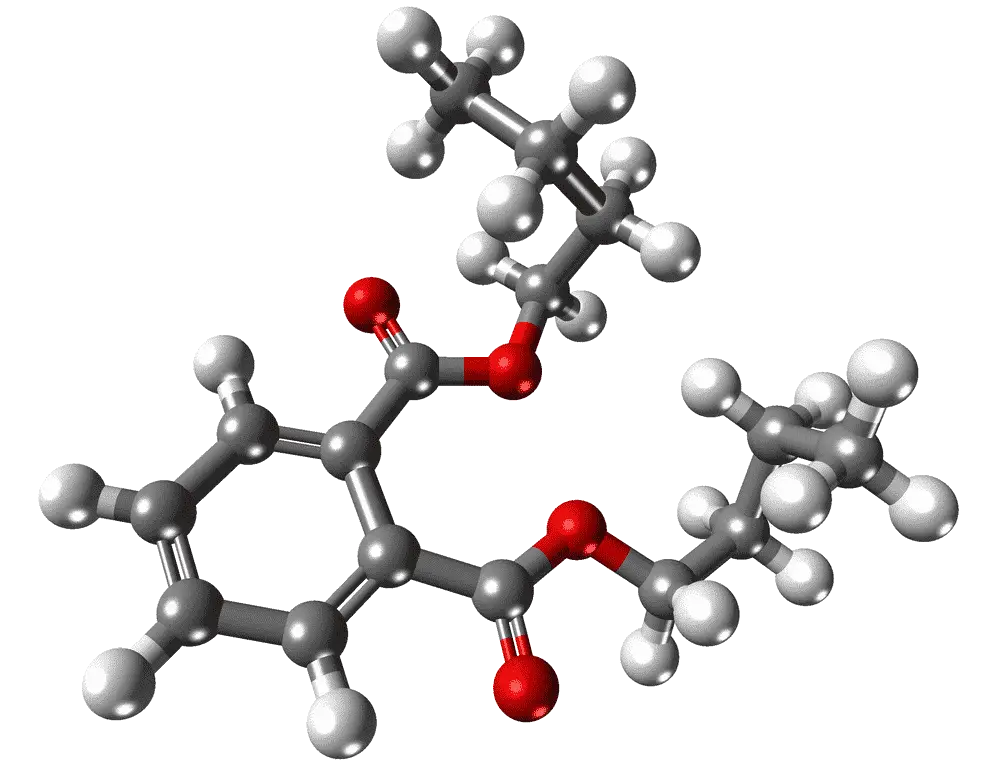Chemical ingredients have been a part of our daily lives. It is found in our shampoo, soap, nail polish, and almost every product in our pantry. We sometimes do not read what is in it anymore. We have not even asked ourselves if this is safe for us or the environment.
One of the most common compounds we encounter is dibutyl phthalate. It belongs to the family of phthalates; these compounds are used as plasticizers in most consumer products. Due to some health risks, dibutyl phthalate is starting to get more attention.
Read on and you will gain more insights about dibutyl phthalate. – What is this compound and what is it used for? Does it pose any risk for humans and the environment? All of these questions will be addressed in this article. There are also some tips included on how to avoid or minimize our exposure to DBP.
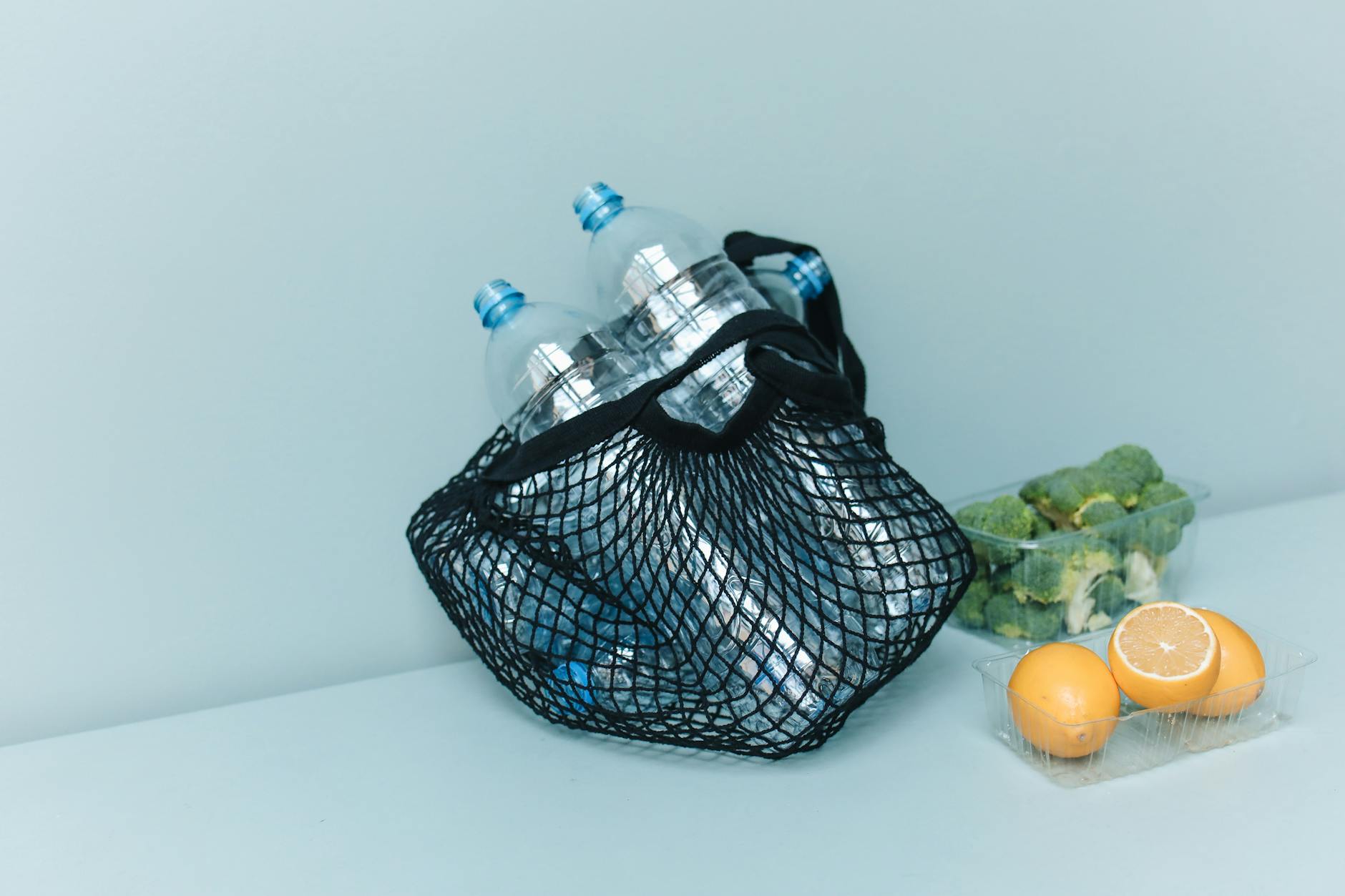
What is Dibutyl Phthalate?
Dibutyl phthalate (or DBP) is a compound possessing organic properties. It is a member of the phthalate family. It is made from the reaction of two compounds, n-butanol and phthalic anhydride, which can be produced cleanly and cheaply. This is why DBP is used in many products.
DBP is a colorless oil in its purest form, while commercially produced DBP is often yellow. It has a strong aromatic odor but becomes odorless when mixed with other products. Dibutyl Phthalate is volatile thus it can be transformed into a fume or mist when exposed to certain temperatures.
Due to its oil properties, dibutyl phthalate is insoluble in water, and it is biodegradable. Before safely disposing it to the environment, a fungus named Polyporus brumal is added. This will help break down DBP and remove its harmful effects.
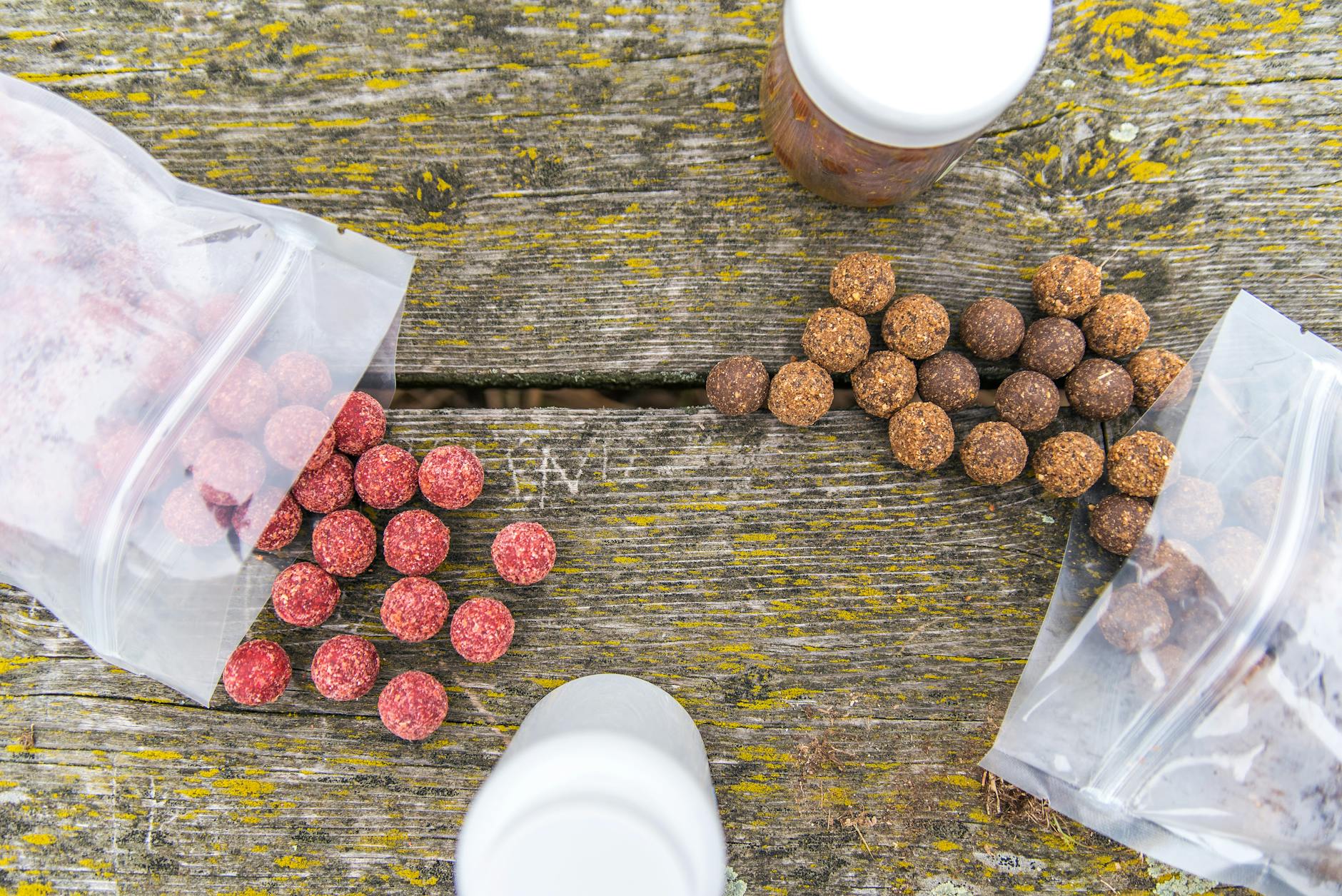
What Are Its Uses?
DBP is a plasticizer that is added to many materials to help increase flexibility. DBP is added to hard plastics to make them soft. The most common products that use DBP are polyvinyl chloride (PVCs), resins, and polymers.
Due to its universal usage, you will find dibutyl phthalate in almost every plastic product.
You will see it listed on some household products such as food packaging, garden hoses, garden gloves, and detergent. It is also used in adhesives and printing ink. You will even find it listed as an ingredient in your personal care products.
Here are some personal products where you will find dibutyl phthalate:
- body wash
- shampoo
- hair conditioner
- face cleaner
- skin lotion
- perfume
- deodorant
- lipstick
- nail polish
In the cosmetics industry, dibutyl phthalates are also added to nail polish to make it less brittle and easier to apply. Nail extension gels also contain DBP to make them easier to manage and work with. It acts as a solvent to oil-soluble dyes, and it is also added to some fragrances as a fixative. Aerosols are added with DBP as a suspension agent and aerosol valves lubricant.
Dibutyl phthalate is used as an insecticide repellent in clothing. It is applied to military uniforms to repel mites that may be a carrier of scrub typhus disease. A recent study showed that even topical administration is helpful to avoid contracting scrub typhus.
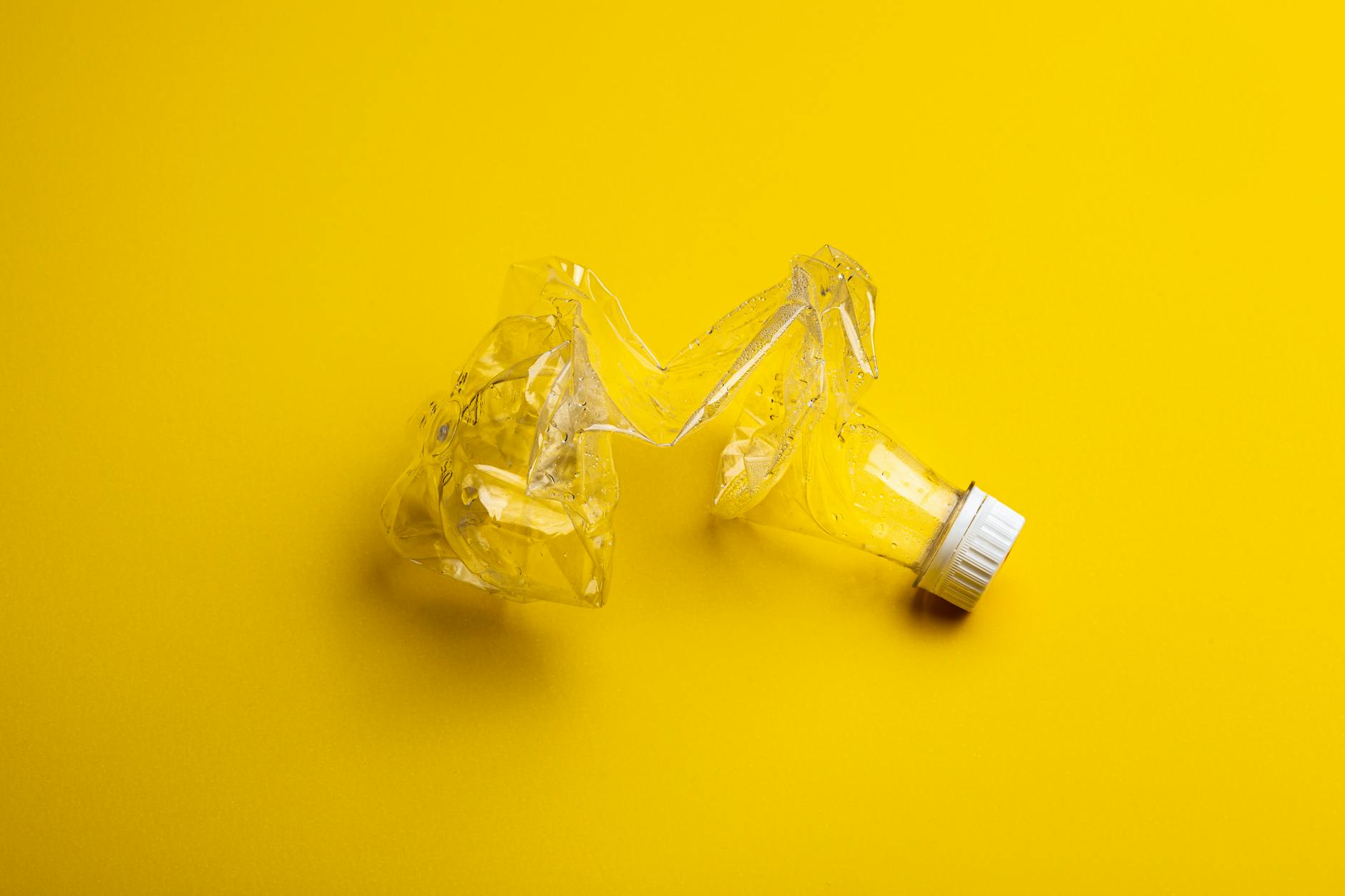
Is it a Hazardous Substance?
Dibutyl phthalate is classified as a health hazard class 2 and fire hazard class 1 compound, according to the National Fire Protection Association (NFPA). This info is included in all Material Safety Data Sheets provided by the manufacturers of the said chemical. It is important to read this before handling DBP.
A health classification of 2 is considered hazardous. The use of masks or ventilation equipment is required while dealing with this substance. Prolonged exposure to high concentrations may pose serious health effects. A concentration of more than 2.5% DBP in the body is considered toxic.
Dibutyl phthalate is considered flammable but in low amounts only. It may combust or start a fire when exposed to more than 200 degrees Fahrenheit. DBP can condense into the air and be directly inhaled. According to the Occupational Safety and Hazard Administration (OSHA), concentrations of more than 5 mg/cu in the air is considered hazardous and can cause serious health effects.
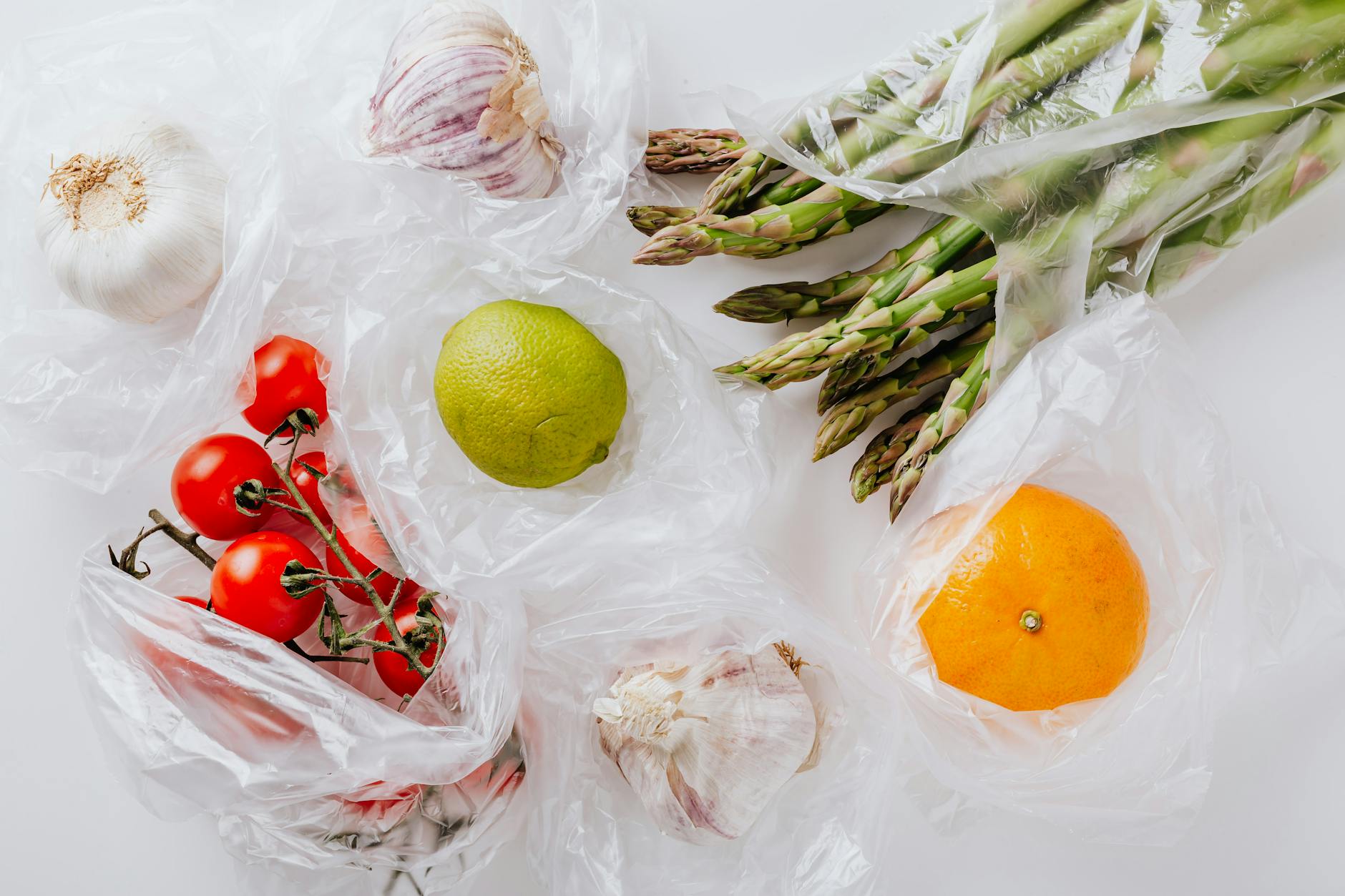
Are Humans Exposed to Dibutyl Phthalate?
Humans are exposed to Dibutyl Phthalate daily as it is one of the components in most of our daily consumer products. It is extensively used in society, our most significant exposure comes from plastic products.
Dibutyl phthalate is found in plastic wrappers of some food items. It is also used to store fresh to frozen products like shellfish and fish. Food may absorb some of the DBP due to long storage durations; absorption may vary from 50 to 500 parts in a billion.
Air and water also contain low amounts of dibutyl phthalate. In an urban setting, DBP concentration ranges from 0.03 to 0.06 per billion in the air. The drinking water DBP level is at 0.1 to 0.2 parts in one billion. These amounts are typically not harmful and will not cause any health effects.
Higher levels of exposure may be due to working where dibutyl phthalate is produced or used. People living in an area where it is manufactured are also exposed to higher DBP levels in the air.
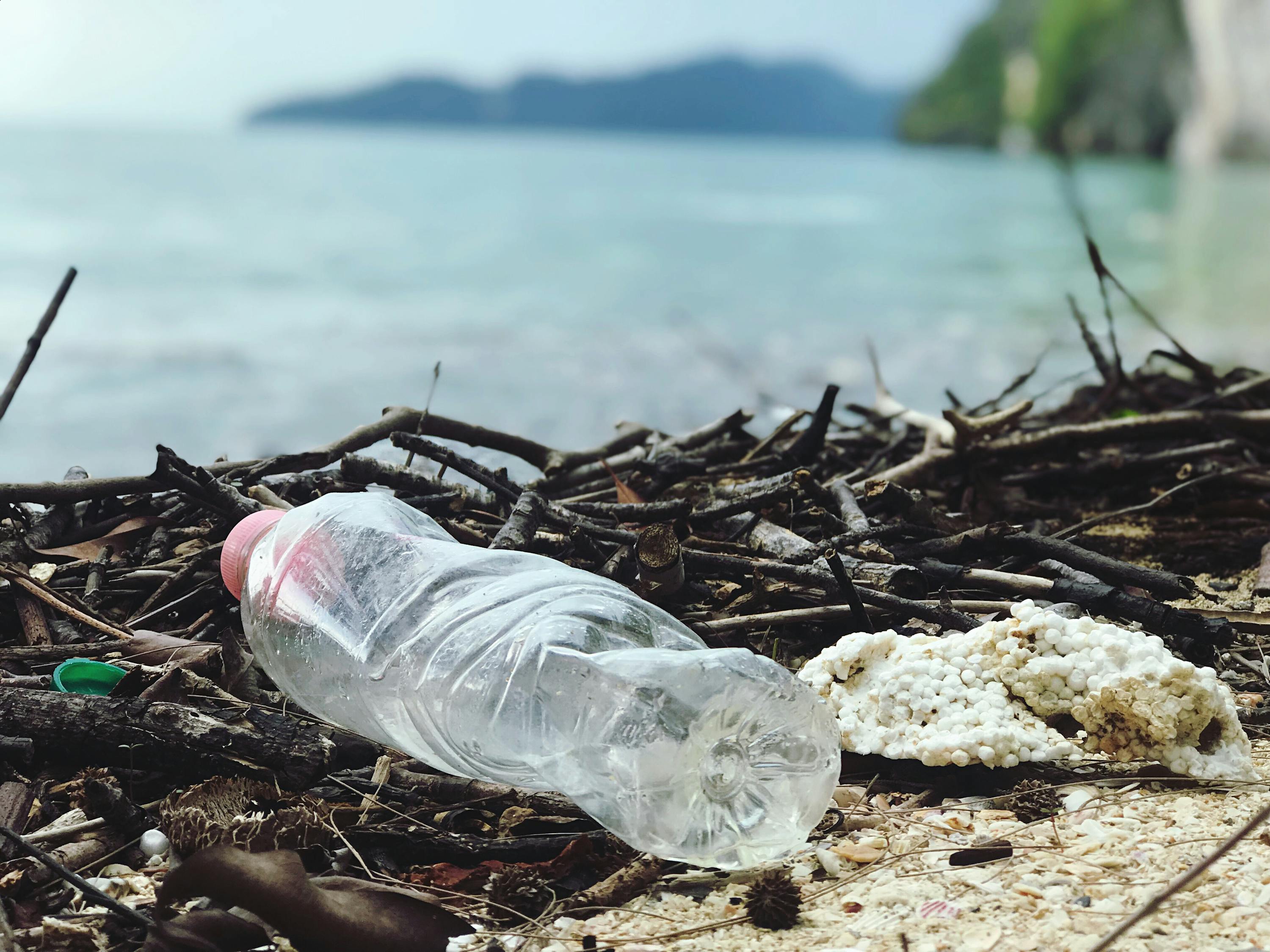
Can It Pose a Risk to the Environment?
The major source of dibutyl phthalate in the environment is from the factories that manufacture it or use it in production. Improper disposal of industrial wastes containing high dibutyl phthalate concentrations is a great risk to the environment, especially to aquatic ecosystems.
The European Union classified dibutyl Phthalate as very toxic to all aquatic organisms. Accidental disposal of DBP in sewage systems or other bodies of water resulted in locomotion defects in aquatic life.
Due to its liquid form, dibutyl phthalate can easily penetrate the soil and contaminate underground water resources. As of now, there is no field study that was able to demonstrate that DBP can harm plants via air. Minimal effects were found in animals that absorbed DBP via inhalation.
However, laboratory animals that were used to study the effects of dibutyl phthalate showed health defects. Some acute symptoms include incoordination, difficulty breathing, and inactiveness. Continued exposure to DBP resulted in lung and reproductive organ damage.
Industrial wastes are not the only source of DBP in the environment. Since dibutyl phthalate is not bound chemically to PVCs, improper disposal of plastic products resulting in the leaking of DBP into the environment. As humans, it is our responsibility to properly dispose our wastes to avoid damaging our ecosystem.

Do Dibutyl Phthalate Pose Risks to Human Health?
Exposure to minimal amounts of dibutyl phthalate is not considered hazardous. However, exposure to its purest form or high concentration can cause some serious health issues. It is considered to be toxic in all routes. It can either be via inhalation, direct skin contact, or ingestion.
The effects of DBP depend on the route and amount of exposure. Direct skin contact can cause burns, skin and eye irritation, and dermatitis. The effects of DBP via the usage of nail polish is also minimal. However, some countries still imposed a ban on DBP for nail polishes.
DBP can be absorbed in the body through the inhalation of aerosols. This can cause nausea, dizziness, and upper respiratory irritation. Prolonged exposure to fumes with dibutyl phthalate can cause severe respiratory disturbances.
Ingestion may take a long time to be absorbed, but it can still cause different kinds of illnesses to the organs. Symptoms from ingestion include stomach pain, diarrhea, and vomiting. It is advised not to induce vomiting when you have ingested DBP.
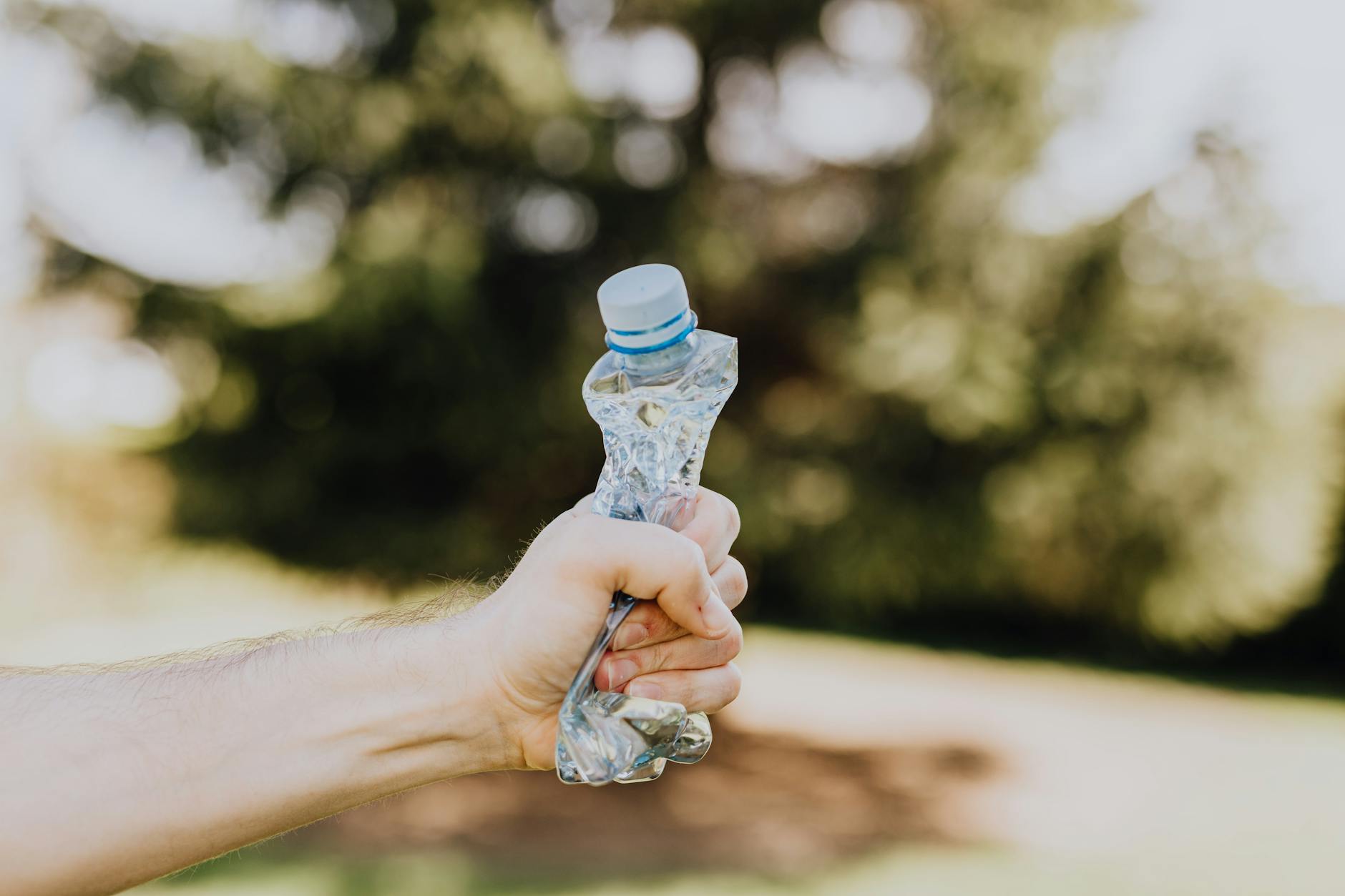
There have only been a few cases reported resulting from sensitivities to dibutyl phthalate. One patient was reported to have accidentally ingested 10 g of DBP. The patient showed delayed signs and symptoms (vomiting, nausea, and dizziness). Later symptoms were eye irritation, photosensitivity, and headaches. The patient completely recovered in two weeks.
Dibutyl phthalate toxicity varies depending on age. Children exposed to DBP can develop liver and kidney damages when DBP is ingested through chewing toys. This resulted in the prohibition of dibutyl phthalate in toy manufacturing.
Dibutyl phthalate is not considered to be carcinogenic and teratogenic. It means that DBP does not cause mutations. However, it may enhance the mutagenic activities of other chemicals.
Some studies showed that DBP could cross the placenta and cause developmental effects on a growing fetus. It is also suspected to alter hormone production, therefore negatively affecting the reproductive system. This results in physical changes to the testes and a reduction in sperm count. These studies were done on laboratory animals, which may also apply to humans.

How to Avoid Dibutyl Phthalate?
It is almost impossible to avoid dibutyl phthalate due to its wide use in our consumer products. Even if we avoid buying products containing DBP, it is still present in the air we breathe and the water we consume. Our body can easily metabolize and excrete DBP in our bodies but only in minimal amounts. The only way to ensure that we are effectively reducing its effects on our body is to minimize DBP intake.
Here are some tips for consumers to avoid dibutyl phthalate:
- Avoid using disposable plastics.
- Purchase food in glass packages.
- Avoid using food storage containers that contain DBP.
- Avoid using personal care items that contain DBP.
- Choose organic products.
The proper disposal of dibutyl phthalate can also reduce our risk of exposure to it (and also the environment). This applies to both manufactured products and the pure form. Workers in industries that manufacture or use DBP are at a much greater risk than regular consumers. Usage of proper protective equipment and applying good work ethics will help minimize exposure to DBP.
Here are some first aid tips if in case you were exposed to high concentrations of DBP:
- Direct skin contact – Flush with water, gently wash with soap and water.
- Eyes – Flush eyes with clean water and seek medical attention immediately.
- Inhalation – Leave the contaminated area and take deep breaths.
- Ingestion – Do not induce vomiting.
- If conscious and not convulsing – drink one or two glasses of water to dilute DBP. Seek medical attention.
- If unconscious or convulsing – do not give anything by mouth. Make sure the airways are open. Take the patient immediately to the hospital.

